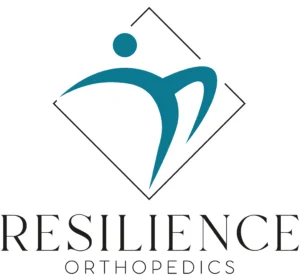Knee Doctor in Los Gatos, San Jose
Dr. Pamela Mehta, Orthopedic Surgeon
Dr. Pamela Mehta
Orthopedic Surgeon
Does knee pain keep you from enjoying family outings or sports you love?
Dr. Pamela Mehta, a leading knee doctor in San Jose, understands how it feels. And she’s here to help people like you move freely and live pain-free.
As a knee specialist in San Jose, Dr. Mehta works closely with each patient to find the right solution. Whether it’s a sports injury, arthritis, or knee surgery, Dr. Mehta is here to support you every step of the way.
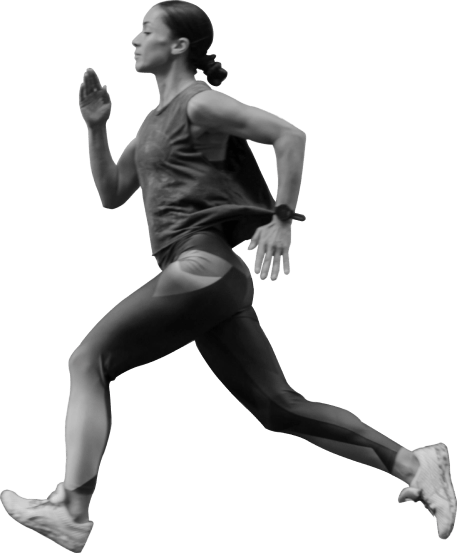

About Dr. Pamela Mehta, MD
The Best Knee Doctor in San Jose
Dr. Pamela Mehta is an experienced orthopedic surgeon and knee doctor based in San Jose. As founder of Resilience Orthopedics, she helps people get back on their feet and enjoy what they love.
Resilience Orthopedics was founded by Dr. Mehta to make sure every person receives one-on-one care and leaves feeling valued and heard. As a mom and athlete herself, Dr. Mehta understands how frustrating knee pain can be. It stops you from being there for your family, staying active, and feeling like yourself.
Dr. Mehta’s mission is to help people reclaim their lives without pain standing in the way. Her approach is simple: listen, understand, and provide the best care possible.
With a 96% satisfaction rate, she’s earned her patients’ trust as one of the best knee doctors in San Jose.
About Dr. Pamela Mehta, MD
The Best Knee Doctor in San Jose
With years of experience treating knee conditions, Dr. Mehta is committed to helping you regain mobility and return to the activities you love.

With years of experience treating knee conditions, Dr. Mehta is committed to helping you regain mobility and return to the activities you love.
As a knee specialist in San Jose, Dr. Mehta makes sure each patient feels heard and valued. As a mom and recreational athlete, she understands how frustrating knee pain can be. Whether it’s being there for your kids or staying active, knee pain can stop you from living fully.
Dr. Mehta’s approach is simple: listen, understand, and provide the best care possible. With a 96% satisfaction rate, she’s earned her patients’ trust as one of the best knee doctors in San Jose.


Knee Services
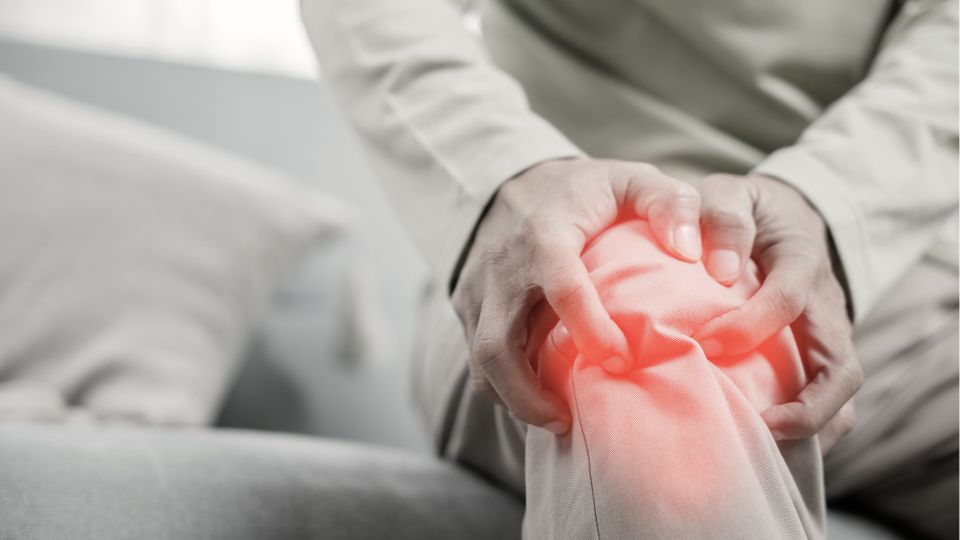
Knee Pain
Are you tired of knee pain slowing you down? Dr. Mehta will ask about your symptoms, medical history, and goals for treatment.
Together, you’ll explore the best ways to find relief.
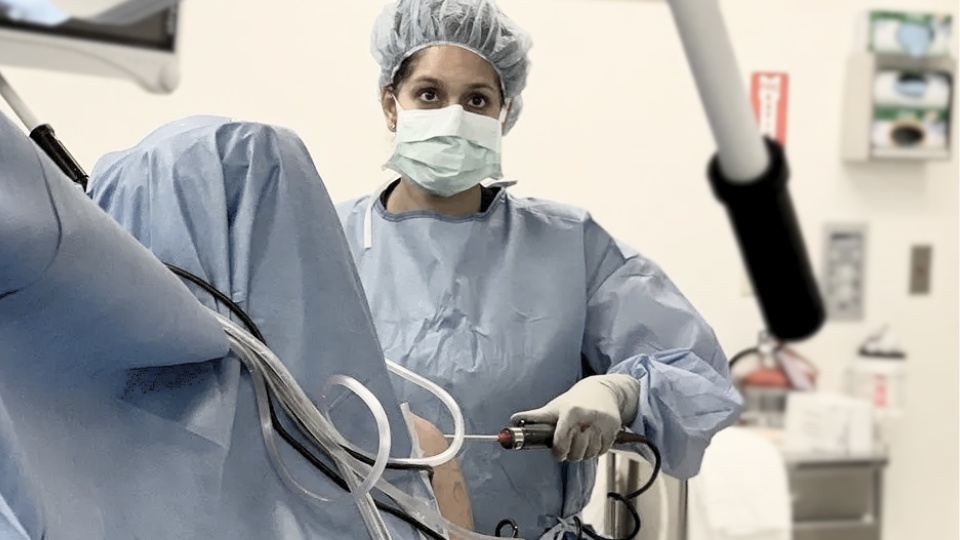
Knee Surgery
Some knee problems need more than rest or therapy. Dr. Mehta offers advanced surgical options.
Using minimally invasive techniques, she can help restore your knee’s function.
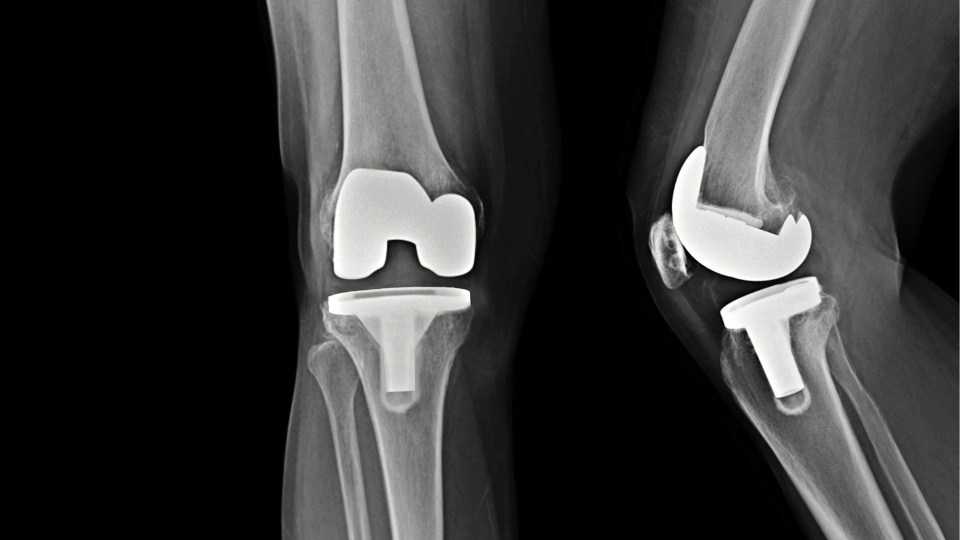
Knee Replacement
For severe knee damage and osteoarthritis, a total or partial knee replacement may be the best solution.
Dr. Mehta provides expert care using the latest approaches for a smooth recovery.
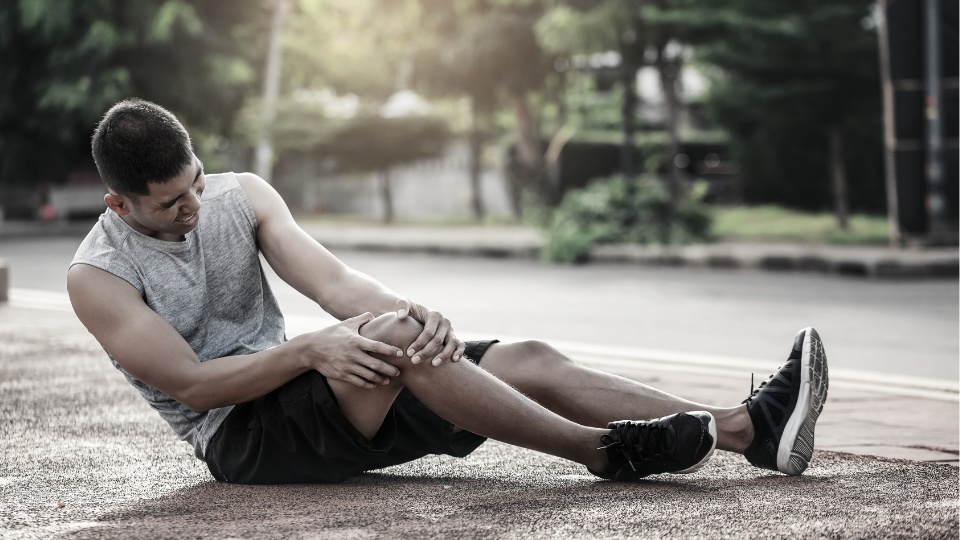
Sports Injuries
Sports injuries can keep you off the field. Dr. Mehta specializes in treating sports-related knee injuries.
She helps athletes of all levels recover and return to their best.
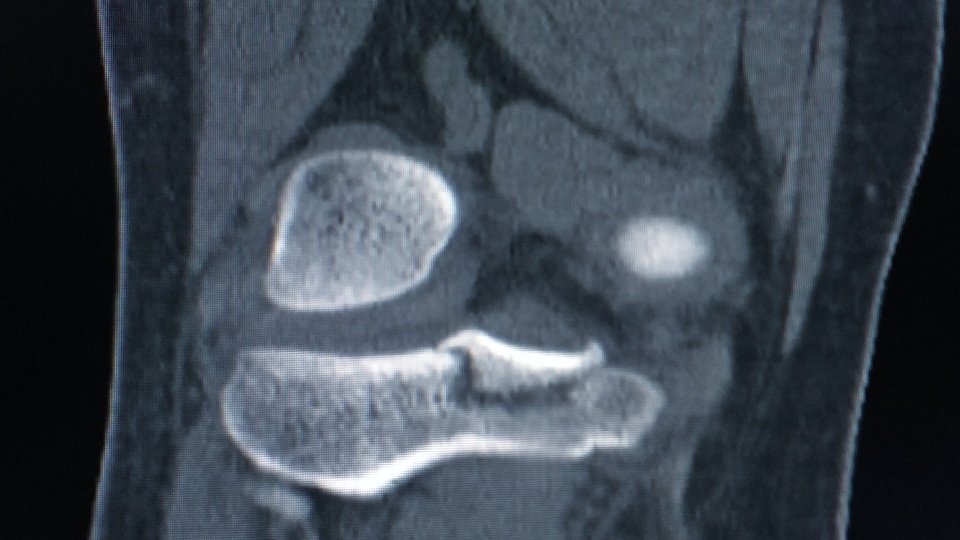
Leg Fractures
Fractures of your tibia, fibula, or patella are serious injuries that require special care.
Dr. Mehta uses advanced surgical and rehabilitation methods to help you recover your active life with confidence.
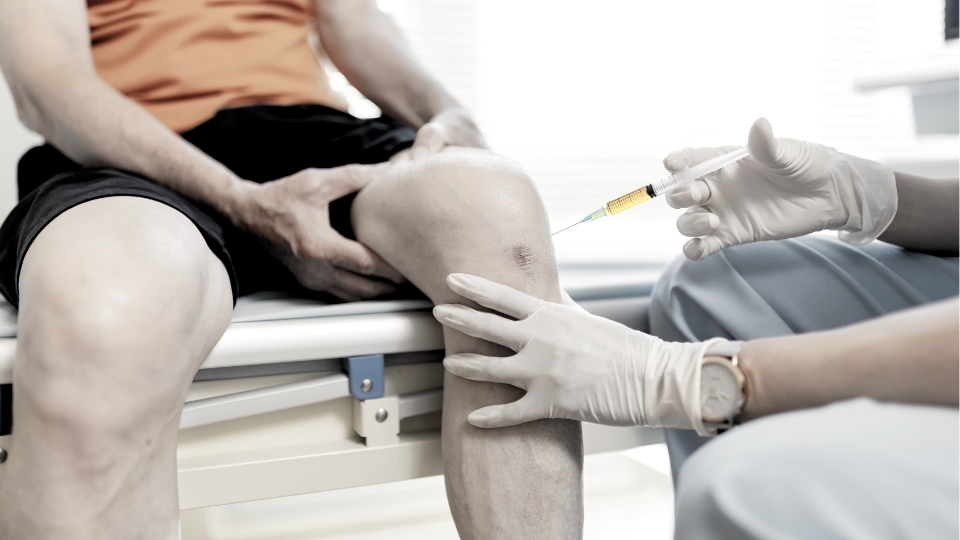
Knee Injections
When traditional therapies aren’t enough, specialized knee injections may offer relief.
Dr. Mehta provides cortisone injections and cutting-edge therapies to reduce inflammation and reduce pain.
Why Resilience Orthopedics?
At Resilience Orthopedics, you’re in caring hands from day one. Dr. Mehta doesn’t just see you once and pass you on to someone else; she’s there for you through it all.
What you can expect:
Accurate diagnosis: Dr. Mehta carefully examines your symptoms and chooses the right treatment for you.
Clear communication: You’ll always know exactly what to expect. Dr. Mehta guides you through every step, so you’re never left in the dark.
Personalized treatment: Your unique lifestyle and concerns matter to us. Dr. Mehta listens to you and creates a treatment plan that works for your life.
Ongoing support: Your recovery is Dr. Mehta’s priority. She provides continuous support to ensure you heal and regain your strength.
Get in Touch
Testimonials



Step 1: Booking
Contact us through our website or call our office. We’ll schedule an appointment time that is convenient for you.
Step 2: Consultation
Meet Dr. Mehta in person. She’ll examine your knee and discuss your symptoms, medical history, and goals.
Step 3: Investigations
If needed, Dr. Mehta will arrange further tests, such as X-rays or MRIs, for a clear picture of your knee’s health to better guide treatment.
Step 4: Treatment Plan
Dr. Mehta will create a treatment plan tailored to you. Each plan focuses on long-term relief and recovery.
How it Works
Step 1: Booking
Contact us through our website or call our office. We’ll schedule an appointment time that is convenient for you.
Step 3: Investigations
If needed, Dr. Mehta will arrange further tests, such as X-rays or MRIs, for a clear picture of your knee’s health to better guide treatment.
Step 2: Consultation
Meet Dr. Mehta in person. She’ll examine your knee and discuss your symptoms, medical history, and goals.
Step 4: Treatment Plan
Dr. Mehta will create a treatment plan tailored to you. Each plan focuses on long-term relief and recovery.
Knee Conditions
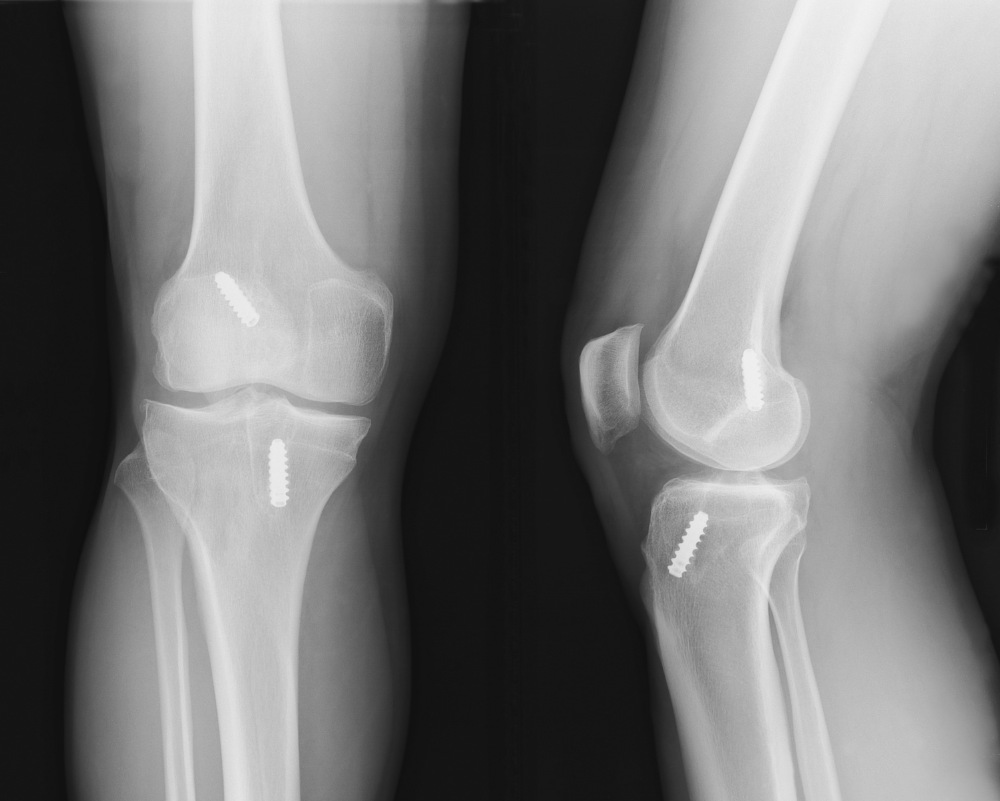
ACL Tear
Did you hear a popping sound, and now your knee feels painful and unstable? It could be an ACL tear.
Dr. Mehta can guide you on the best treatment to help you heal and regain stability.
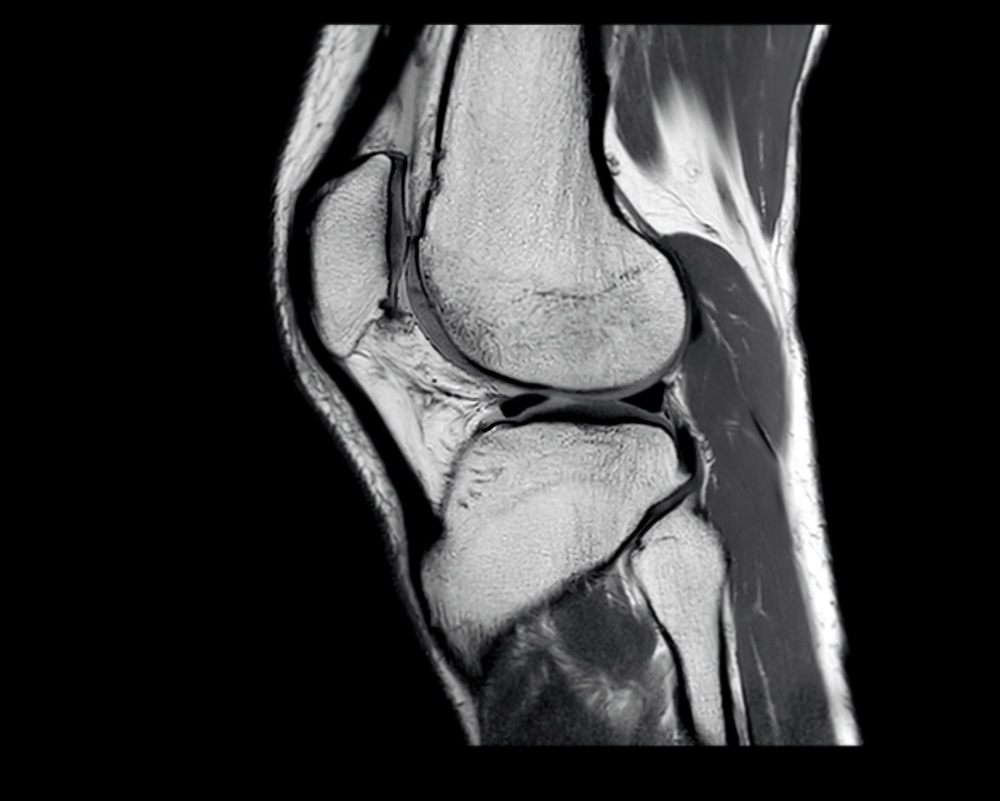
Meniscus Tear
The meniscus cushions your knee. If it tears, you may experience pain, swelling, or locking.
Dr. Mehta offers expert, minimally invasive, care for meniscus tears, helping you heal and feel strong again.
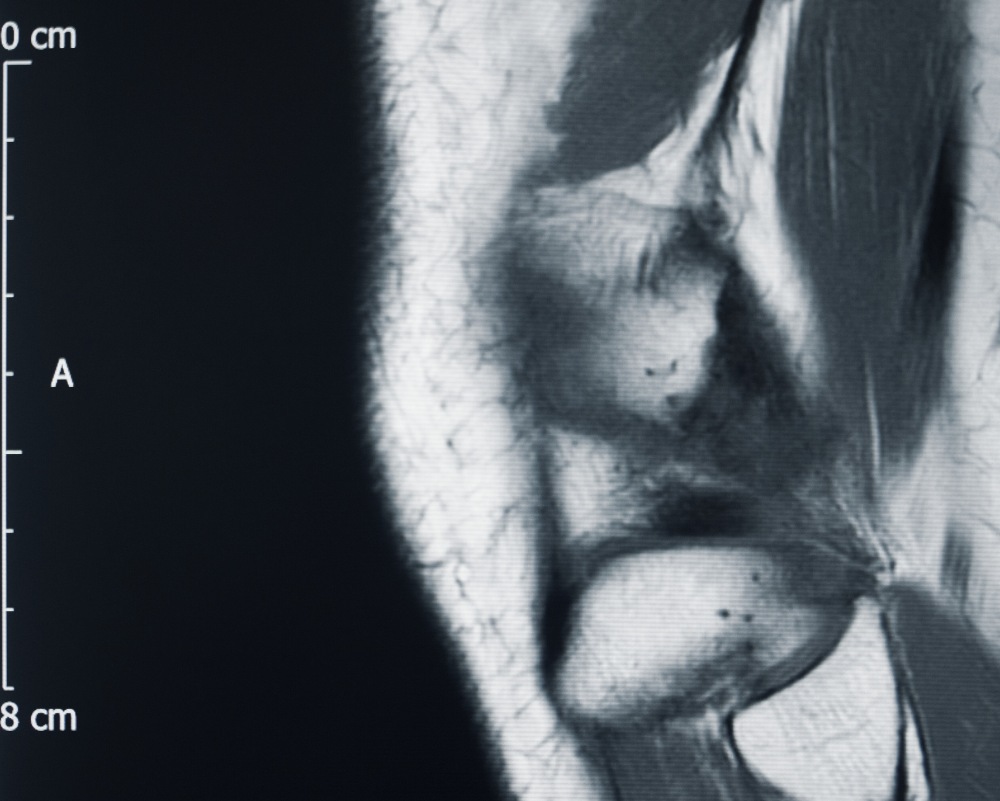
Knee Arthritis
Arthritis wears down knee cartilage, causing stiffness, pain, and limited movement.
Dr. Mehta’s personalized approach helps ease pain and improve flexibility so you can enjoy daily life.
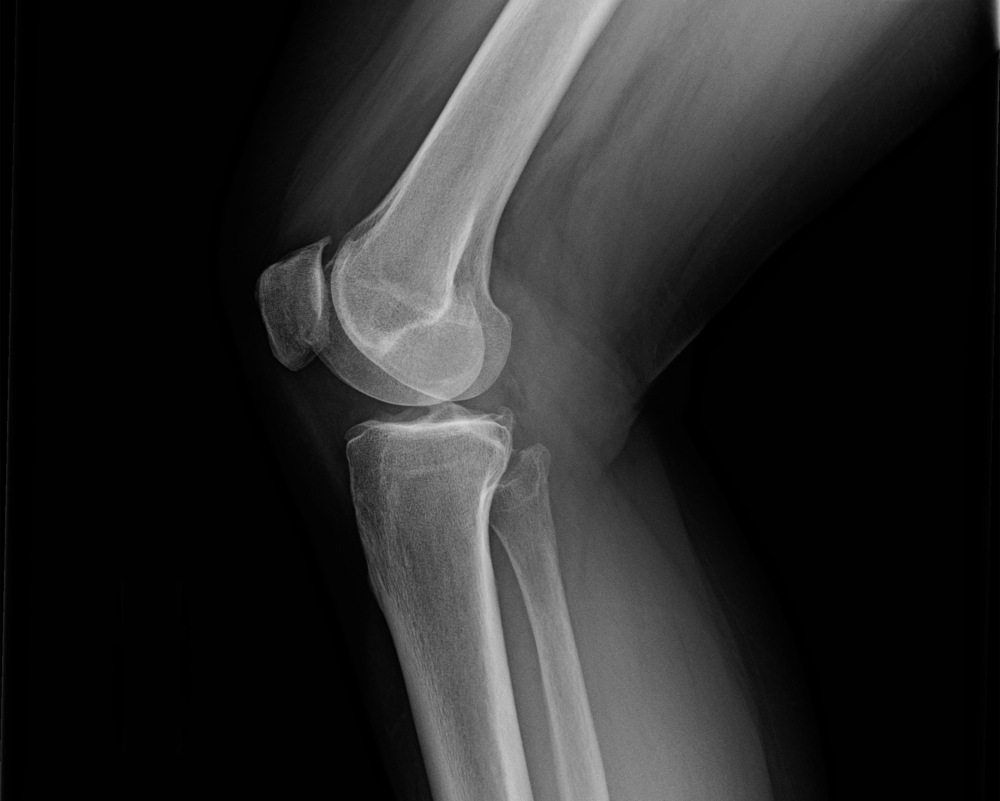
Patellar Conditions
Patellar (kneecap) problems, like tendinitis or dislocation, can cause pain, especially with movement.
Dr. Mehta’s treatments focus on realignment and strengthening to make movement easy and pain-free.
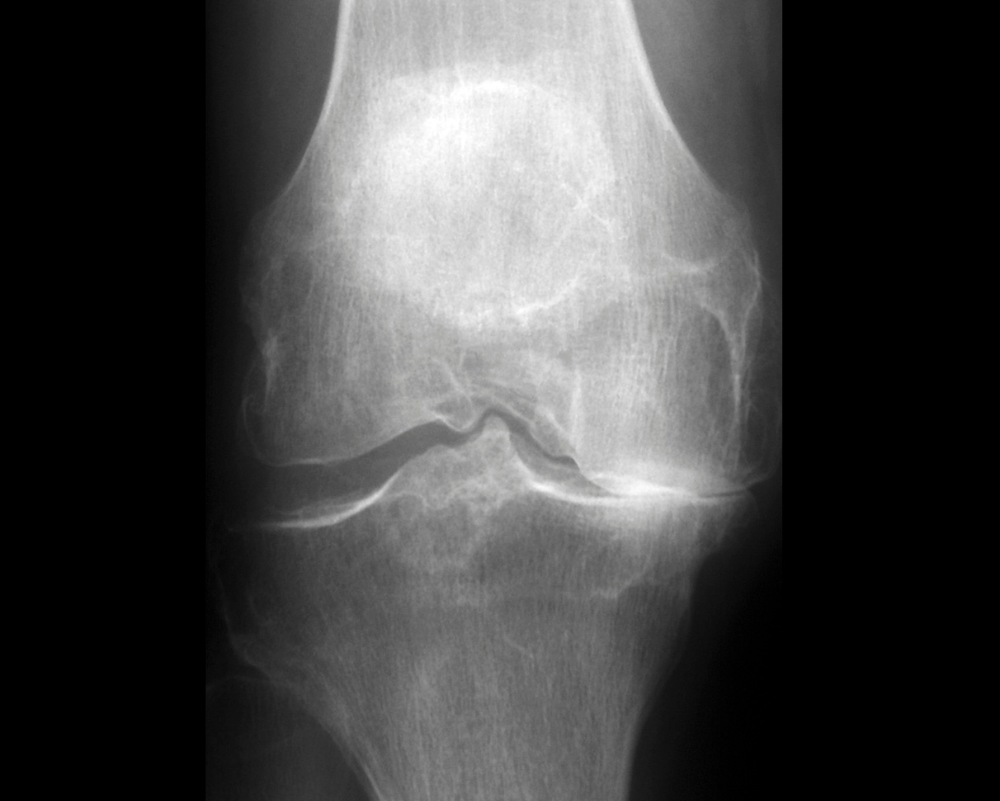
If you’re looking for a knee doctor who truly cares, Dr. Pamela Mehta is here to support you.
Whether you’re missing out on family outings, struggling with daily tasks, or sidelined from your favorite sport, Dr. Mehta is here to help you get back to your life.
Ready to Get Moving Again?
Make an appointment with Dr. Pamela Mehta, the top knee doctor in San Jose, and take the first step toward feeling your best.
She’s ready when you are!
